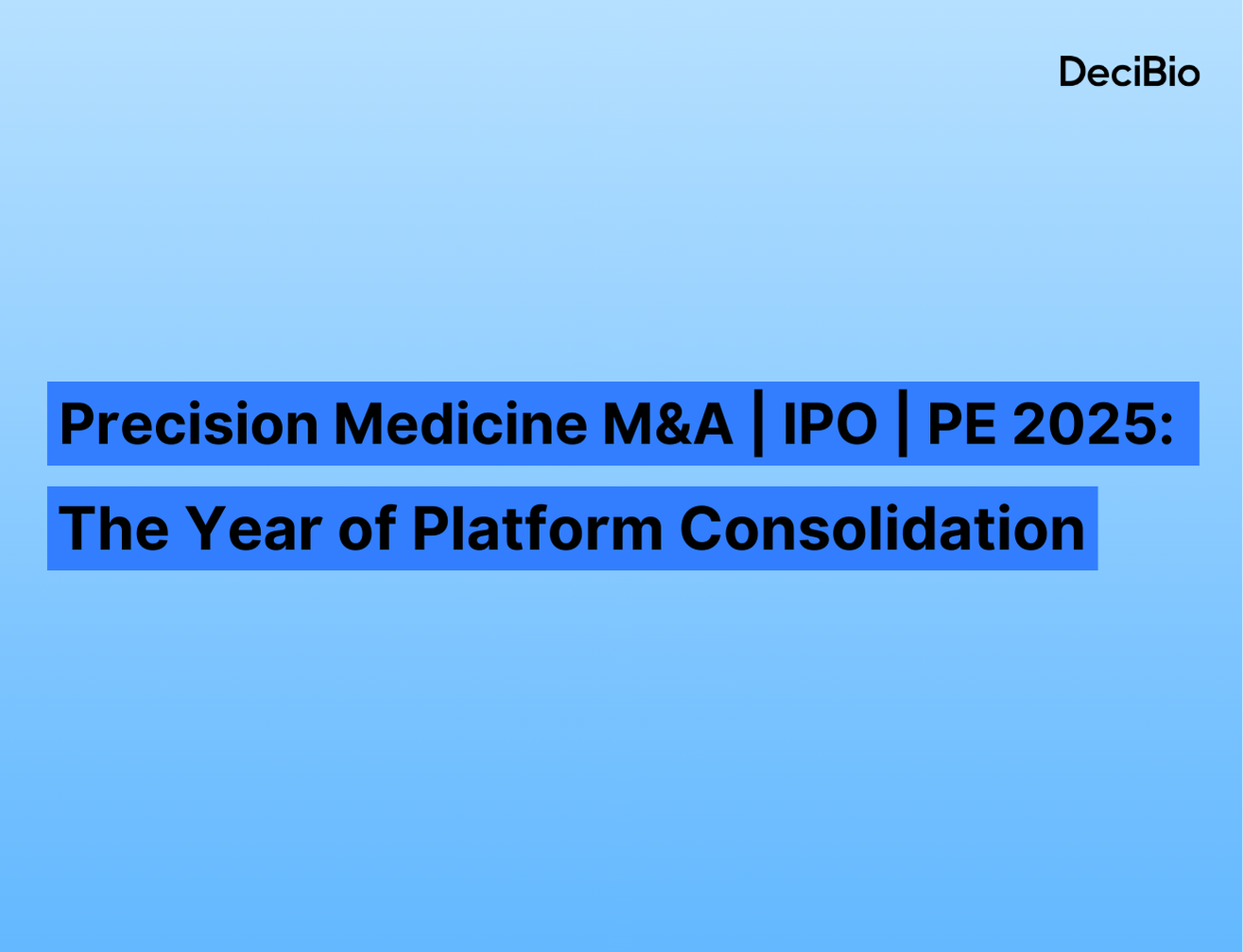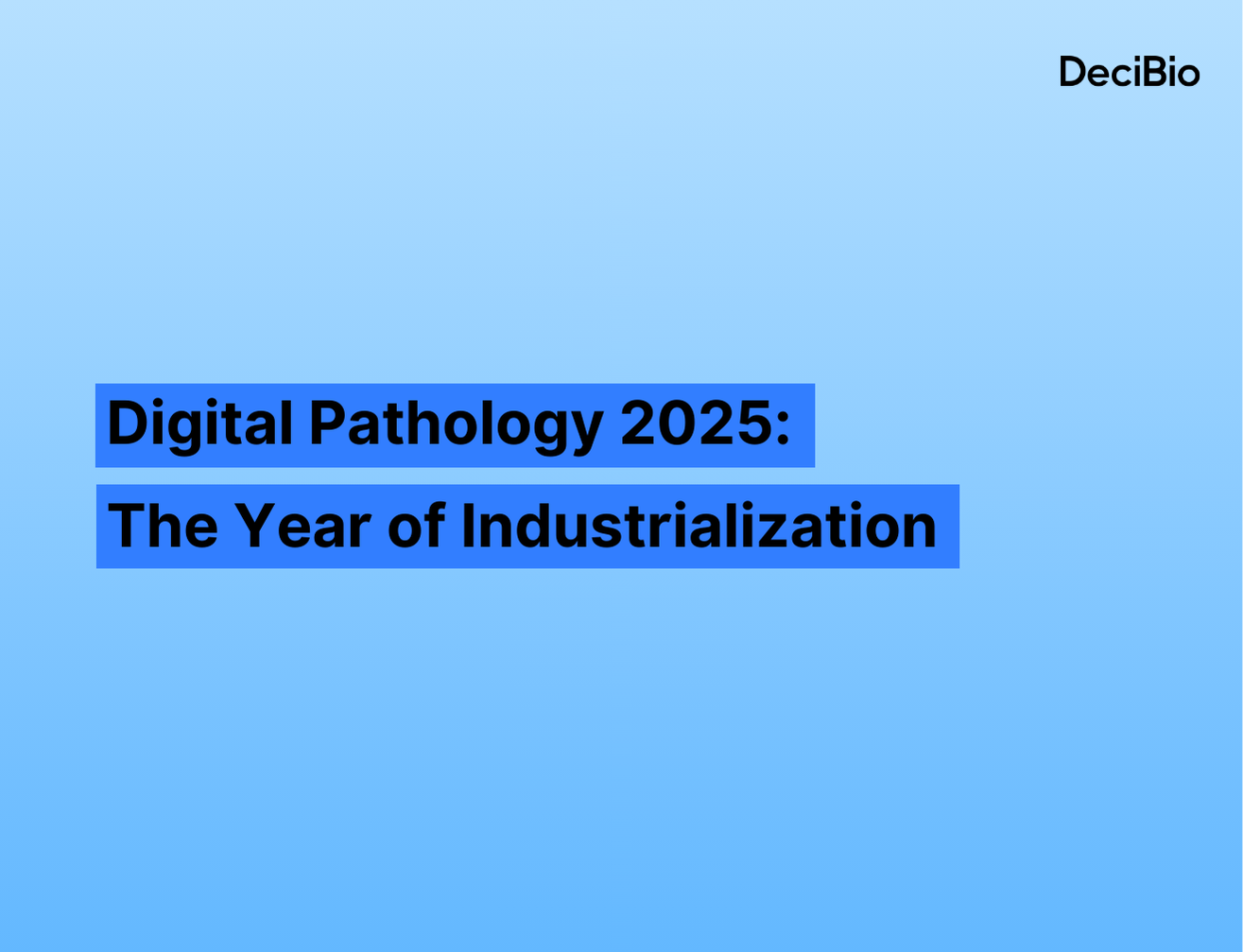We live in a world where a Grande Caramel Ribbon Crunch Frappuccino costs $5.75, and we can sequence a gigabyte (Gb) of DNA —the equivalent of 150 times the full Harry Potter series— for $2.00. This is a testament to the marvels of modern technology. It also exposes an alarming disparity in how we value our everyday commodities and our life-saving technologies. Following the tour the force from genomics companies to help handle the COVID-19 pandemic from a testing, vaccine development and epidemiology standpoint, we can certainly do better.
As we stand at the precipice of a revolution in precision medicine, we must confront this imbalance. The role of diagnostics, in addition to new medicines and therapies, will be pivotal in driving this healthcare revolution. This will soon be best exemplified in the case of early cancer detection using liquid biopsies, as the prognosis for a cancer patient ties primarily to stage at diagnosis, as opposed to the therapeutic choice. More broadly, diagnostics’ underlying technology -who some refer to as life science research tools (LSRT) has the potential to transform our current healthcare system from disease management to disease prevention. Still, this potential will remain untapped unless we reconsider the value of diagnostic and our pricing strategies in the LSRT industry. This is particularly true for genomics as a key technology driving advances in precision medicine.
Reconsidering the Genomics Pricing Model
The cost of next-generation sequencing (NGS) —the most powerful genomics technology—continues to drop, a trend that, while it has democratized access, is fast approaching a critical floor. Competing primarily on cost stifles investment in innovation and undermines the real value these technologies offer. The cost of sequencing a whole genome -granted, excluding instruments, interpretation and cost of labor - is now around $200, on the most cost-efficient high-throughput platforms. So, given the history of price decreases in the cost of sequencing why, would a $10 genome be unreasonable? The answer lies in the value it can provide: the potential to save countless lives if —and only if— it can continue to attract investments to fuel more innovation.
The pressure for logarithmic price drops in the genomics industry is understandable and perhaps stems from a lack of appreciation for the value of diagnostics. Many stakeholders within this field, from providers to users, are heavily price conscious. This phenomenon may be a consequence of the prevalent academic culture, where grad students earn minimum wage, and funding hardly keeps up as the returns from risky investments in novel, potentially disruptive technologies that may rapidly become commoditized can often hardly justify making risky, big bets. In addition, there seems to be a lack of appreciation from start-ups to bake full costs of running a business, and illusion that economies of scale are consistently fully realized on the manufacturing side. In reality, as production scale, so do many additional variable costs as diseconomies of scale. Many come to the unfortunate realization that what worked at a small scale for proof of principle, has serious challenges when trying to scale (e.g., enzymes and other reagents). Without serious investment to solve these key challenges, platforms would ultimately be limited in the impact they bring. It also trivializes the real value that diagnostics tests provide, and has clear financial implication for market participants.
Unmasking the Financial Implications
A quick glance at the genomics industry reveals that –with the exception of Illumina (ILMN, $4.6BM in 2022 revenues, $354M in operating income)– the majority of LSRT providers, such as Pacific Biosciences (PACB, $128M, -$305M operating loss), and Oxford Nanopore (ONT, $199M, -$98M operating loss), are unprofitable. In the same vein, downstream diagnostic service providers primarily using these disruptive genomics technologies like Invitae (NVTA, $516M, -$714M operating loss), Guardant Health (GH, $450M revenues, -$544M operating loss), and Natera (NTRA, $820M, -$541M operating loss) are also vastly unprofitable. While dropping the cost of sequencing would obviously increase profitability of these firms, it would do so only marginally. Pricing is clearly the key lever for these firms – not cost cutting from costs of goods sold (COGS).
Even Illumina is starting to feel the pinch! On August 9th, the company revised guidance for its sequencing business from 6-9% to ~0%. The dominant leader in genomics is likely to experience two consecutive years of growth in the 0-5% range. While a ~4% NGS revenue growth in 2022 could have been explained from a post-COVID hangover, 2023 is more puzzling, especially as the company is in the middle of one of the biggest product launches in its history. While many reasons have been discussed for this surprising outcome, declining NGS costs are hardly discussed, and simply mentioned as part of demand elasticity. And as expected, this weakness in the revenue topline trickled down to decreased profitability on the bottom line.
Unfortunately, profitability pressure from Wall Street has led to the deprioritization of some vital programs that could have a significant impact on the advancement of human health at some of these companies. In addition, there's a marked discrepancy in the prices between diagnostic tests and medicines. An early cancer diagnostic test is typically expected to cost less than a few hundred dollars at scale, while cancer therapies, including cell therapies, can cost over a million. Is it reasonable for therapies to be priced three orders of magnitude higher than diagnostic tests? This dynamic oversees how diagnostic tests can save healthcare systems billions of dollars, and improve patient outcome, especially as therapies to treat late-stage diseases can be so expensive. Reimbursement for diagnostics remains under pressure because they are perceived as a cost factor rather than as a tool to reduce expenditure in the long term, in part due to the fact that health economics mode ling is easier to conduct for therapies. To add insult to injury, as the price of sequencing drops, payers slash reimbursement in what becomes a vicious cycle. This discrepancy becomes particularly apparent when looking at the power of genomics.
Recognizing the Power of Genomics
Precision medicine is still in its nascent stages; to realize its full potential will require sustained investments. The current focus on oncology is just scratching the surface of what could be achieved in other areas, such as rare diseases, women's health, and autoimmune disease.
Our call to action is simple: our industry needs to start to communicate the value that genomics provides more aggressively. Vendors and assay developers should push to develop tests that unlock the clinical utility of genomics to the full extent, rather than using it to create expensive tests with moderate clinical value (i.e., “nice to have”). Genomics can revolutionize healthcare. It enables scientific discoveries, saves lives by changing the way we diagnose disease, and can even help save the planet from food shortage and the effects of climate change (e.g., synthetic biology, for instance, is disrupting industrial chemical processes to make them more sustainable). In addition, let’s not forget that in absence of a therapy, diagnostics and prevention are our only hope. Given the power of genomics, pricing adjustments may have to be conducted regionally to ensure that more resource-constraints geographies are not further delayed in their adoption of these life-saving technologies.
It's time to stop differentiating on price and instead differentiating on —and more clearly communicate— value. Let's invest in better tests, rather than cheaper ones. If people can spend $2,000 a year on overpriced coffee, they should be willing through insurance to spend as much on diagnostic tests that could greatly enhance, and even save lives.



.png)




